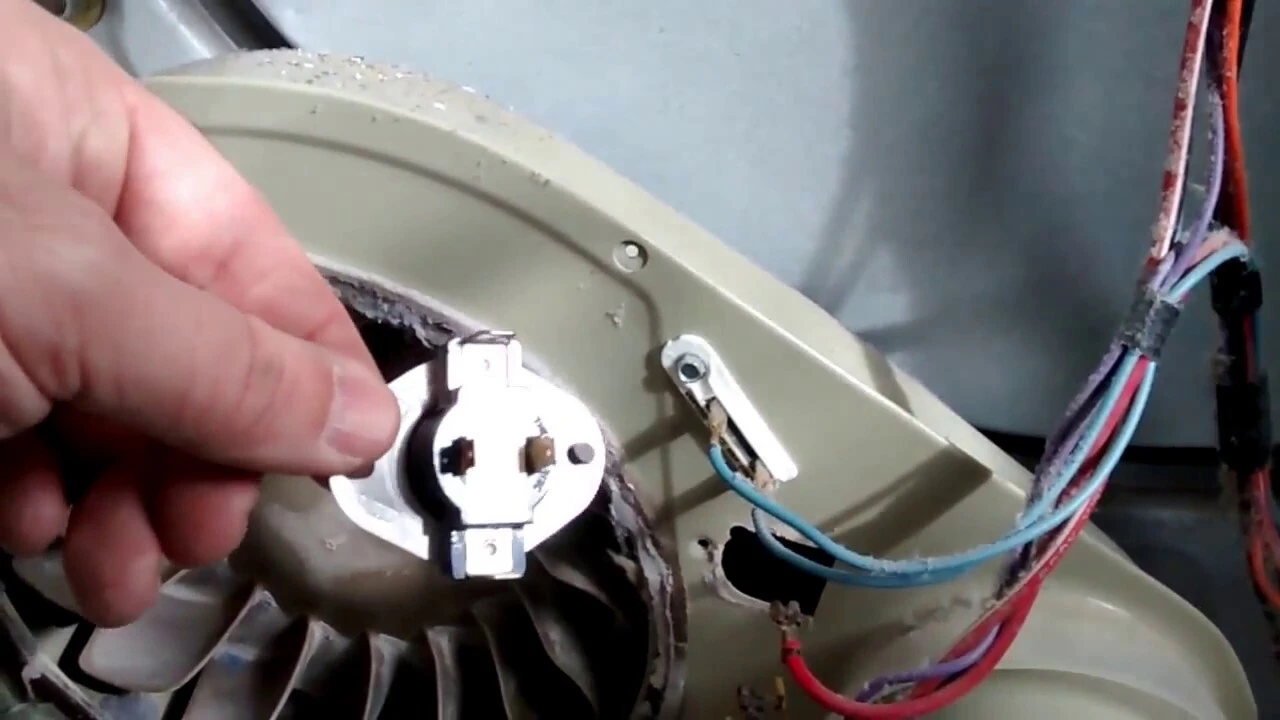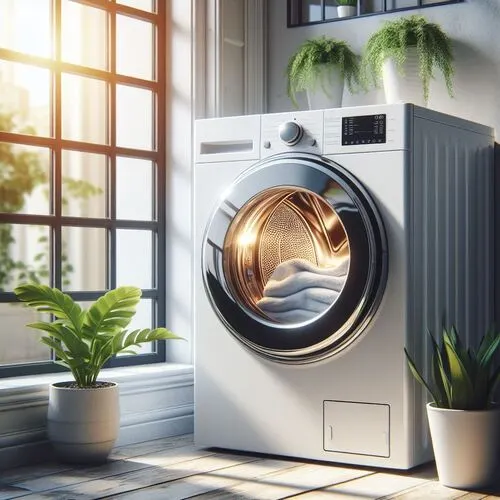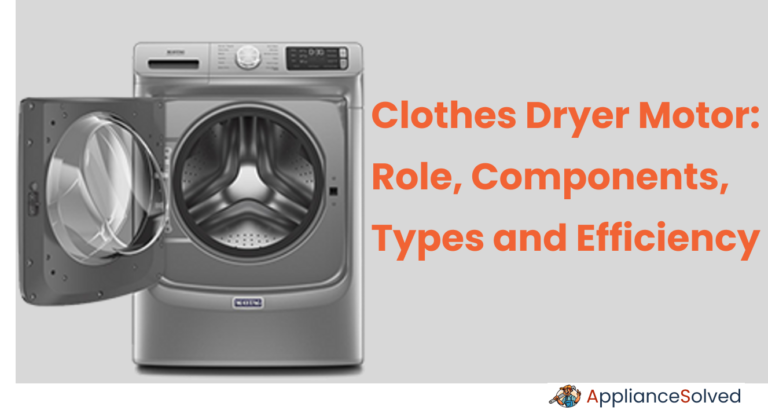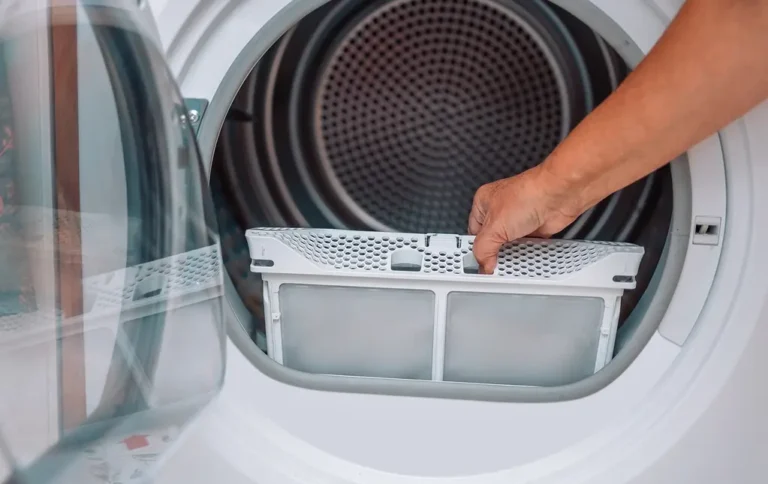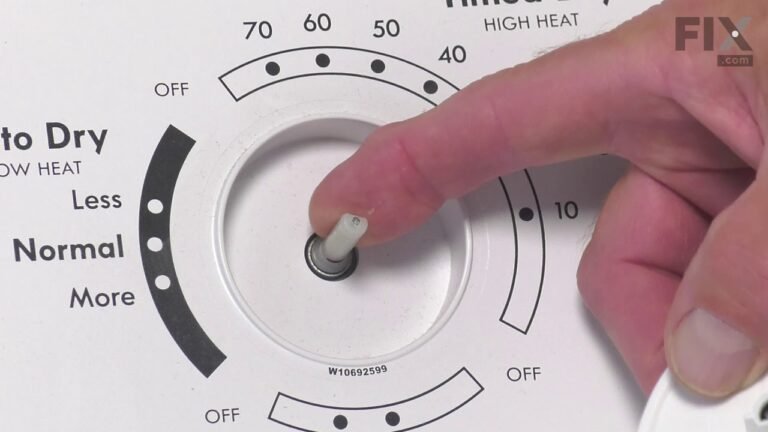Understanding the Role of Dryer Thermostats: How They Ensure Safe and Efficient Drying
Dryer thermostats play a crucial role in maintaining the temperature within a dryer, ensuring efficient and safe operation. In this article, we will explore the functionality, types, troubleshooting, and maintenance tips for dryer thermostats. Let’s delve deeper into the world of these essential parts of a dryer.
How Do Dryer Thermostats Work?
Dryer thermostats are responsible for regulating the temperature inside a dryer. They act as sensors, monitoring the heat levels and controlling the heating element accordingly. When the temperature exceeds a certain threshold, the thermostat signals the heating element to turn off. Conversely, when the temperature drops below the desired level, the thermostat triggers the heating element to activate, maintaining a consistent temperature.
Types of Dryer Thermostats
There are mainly two types of dryer thermostats commonly used in residential dryers:
1. High-Limit Thermostat
The high-limit thermostat serves as a safety feature in the dryer. Its primary function is to prevent overheating and potential fire hazards. Once the temperature surpasses a predefined limit, the high-limit thermostat interrupts the power supply to the dryer, halting its operation. This thermostat is typically mounted near the heating element or exhaust vent to detect excessive heat accurately.
2. Operating Thermostat
The operating thermostat, also known as the cycling thermostat, is responsible for regulating the dryer’s temperature during regular operation. It controls the heating element’s cycles, ensuring the desired temperature is consistently maintained inside the dryer. This thermostat monitors the temperature and signals the heating element to turn on or off accordingly, providing efficient drying results.
Troubleshooting Common Issues
Dryer thermostat malfunctions can lead to various problems, such as insufficient drying, overheating, or the drum not rotating. Here are some frequently encountered issues and troubleshooting techniques:
Why is my dryer not heating up?
There are multiple reasons why your dryer may not produce heat. Firstly, check if the thermostat is functioning correctly. Ensure that the thermostat’s connections are secure and free from any corrosion. If the thermostat is faulty, it may need to be replaced.
My dryer is overheating. What should I do?
If your dryer is overheating, it is likely due to a malfunctioning thermostat. Begin by checking the high-limit thermostat for any signs of damage or burning. If it appears faulty, replacing it is crucial to prevent potential fire hazards. Additionally, thoroughly clean the dryer’s venting system to ensure proper airflow, as clogged vents can contribute to overheating.
Why does my dryer turn off before the clothes are fully dry?
If your dryer shuts off prematurely, it could be due to a faulty operating thermostat. This thermostat may not be accurately detecting the temperature inside the dryer, leading to premature cycle completion. Inspect the operating thermostat for any damage or improper functioning. Replacing it should resolve the issue, allowing your clothes to dry thoroughly.

Maintenance Tips for Dryer Thermostats
Regular maintenance is vital to ensuring the longevity and optimal performance of your dryer thermostat. Here are some essential tips to keep in mind:
1. Clean the Dryer Vents Regularly
Blocked or clogged dryer vents restrict airflow, leading to inefficient drying and potential overheating. Routinely clean the vents and remove any lint or debris buildup to maintain proper airflow and prevent thermostat issues.
2. Inspect and Clean the Thermostat
Periodically check the thermostat for any signs of damage or malfunction. If you notice irregularities or suspect a problem, consult a professional for assistance. Cleaning the thermostat’s contacts delicately using a soft cloth and mild cleaner can also help maintain its functionality.
3. Follow Manufacturer’s Guidelines
Always refer to the manufacturer’s instructions and guidelines for your specific dryer model. Regularly scheduled maintenance recommended by the manufacturer should be followed to ensure optimal performance and safety.
4. Avoid Overloading the Dryer
Overloading the dryer puts excess strain on the thermostat and other components, potentially leading to malfunctions. Follow the recommended load capacity for your dryer model to prevent unnecessary wear and tear.
5. Replace Faulty Thermostats Promptly
If you suspect a thermostat issue or notice any signs of malfunction, such as inconsistent drying or unusual temperatures, it is crucial to replace the faulty thermostat promptly. Contact a professional technician or consult the manufacturer for guidance on acquiring genuine replacement parts.
Frequently Asked Questions (FAQs)
How often should dryer thermostats be replaced?
The lifespan of a dryer thermostat can vary depending on usage and maintenance. Generally, it is recommended to replace thermostats every 5-10 years or if they show signs of damage or malfunction.
Are dryer thermostats universal or specific to each dryer model?
Dryer thermostats are not universal and may vary depending on the dryer brand and model. It is essential to consult the manufacturer’s instructions or seek professional advice when replacing a thermostat to ensure compatibility.
Can I test the functionality of my dryer thermostat myself?
While it is possible to perform basic tests on dryer thermostats, it is recommended to consult a professional technician for accurate diagnosis and repairs. They possess the necessary tools and expertise to ensure safety and proper functioning.
Why does my dryer thermostat keep failing?
Continuous thermostat failures can be indicative of underlying issues such as incorrect installation, improper maintenance, or recurring overheating problems. Consulting a professional is crucial to identify and rectify the root cause of the repeated failures.
Can I replace a dryer thermostat myself?
While some individuals may possess the skills to replace a thermostat, it is generally recommended to seek professional assistance. Proper installation ensures optimal functionality and safety, reducing the risk of future malfunctions or hazardous situations.
Conclusion
Dryer thermostats are vital components that regulate the temperature inside a dryer, ensuring efficient and safe operation. Understanding their functionality, troubleshooting common issues, and following proper maintenance techniques can enhance the longevity and performance of your dryer. If you encounter any problems or uncertainties, do not hesitate to consult a professional technician for assistance.

